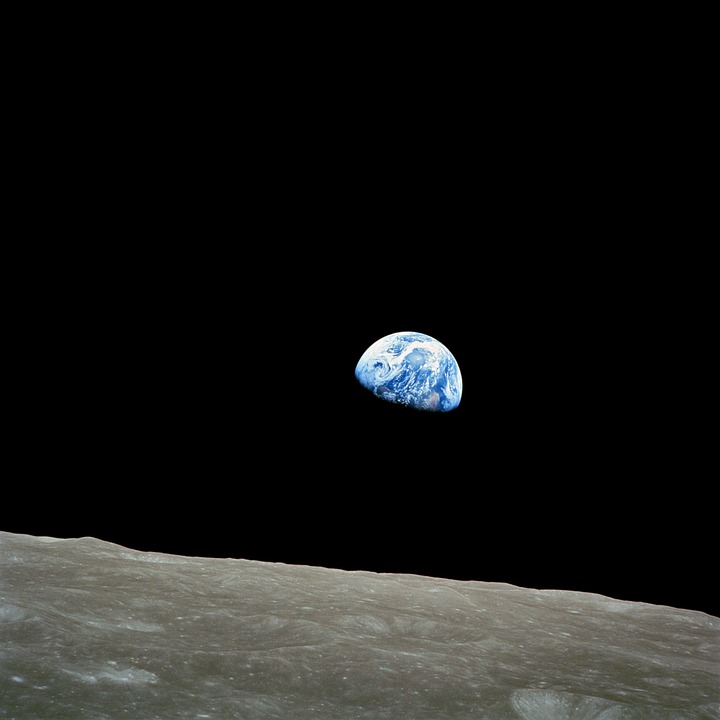Media Release
From: Monash UniversityLife is unique to our planet.
Or is it?
Central to this question is the emergence of plate tectonics, which transported oxygen and water from the Earth’s interior to the atmosphere and formed mountain highs and deep oceans, where life thrived.
The geological record suggests this happened three to two-and-a-half billion years ago, but the record remains too sparse to explain how and why this occurred, according to Dr Fabio Capitanio, a researcher from the Monash School of Earth, Atmosphere and Environment whose work has just been published in Geology, and in Earth and Planetary Science Letters.
“We have reproduced the early evolution of the Earth in our numerical models, with its hotter interiors beneath a rigid cold surface,” said Dr Capitanio, who is also an Australian Research Council (ARC) Future Fellow.
“Our studies show the formation of relevant features such as continents, with their crust and deep roots, and mountain building.
“Our work suggests that other planets might operate in the same tectonic regime, where surface deformation and topography are documented, but there are no plate tectonics, and therefore there is no life present.”
Dr Capitanio specialises in investigating the dynamics of the Earth’s tectonics and plate motions to better understand the mechanisms that force single plates or whole-Earth changes.
The work adds to the knowledge on supercontinent formation and its fragmentation into the present-day continents.
In the study published in Earth and Planetary Science Letters the research team used numerical modelling to investigate the processes that originally differentiated the outer shell of the Earth, the lithosphere, into continents and ocean basins, and the implications for surface tectonics under conditions relevant to the early Earth.
In the work published in Geology the research team focused on the formation of the first mountain belts as recorded by deep rocks, now exhumed to surface.
“Both studies highlight a new way the Earth operated,” said Dr Capitanio.
”Until now, the geological record could not be reconciled with one of the two known tectonics modes,” he said.
“We have found a new one, which reconciles the evolution of our planet with its rock record.
“They are significant because other planets’ evolution is similar.
“Just by looking at their surface from a distance, we try to understand whether plate tectonics, and therefore life, could have ever occurred.
“We have now a new tool.”


